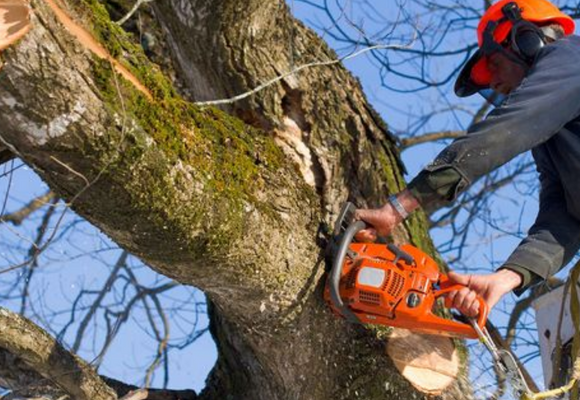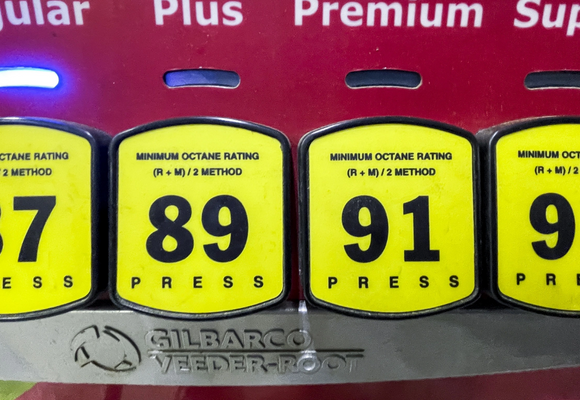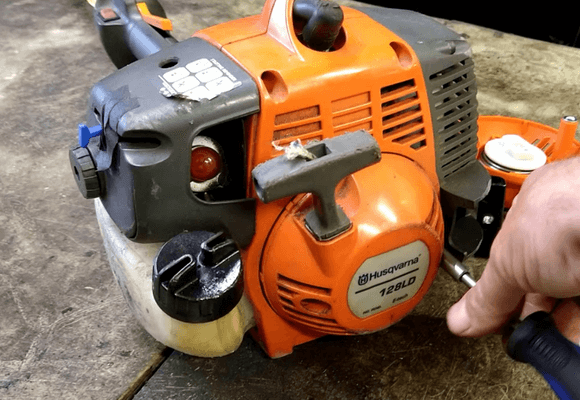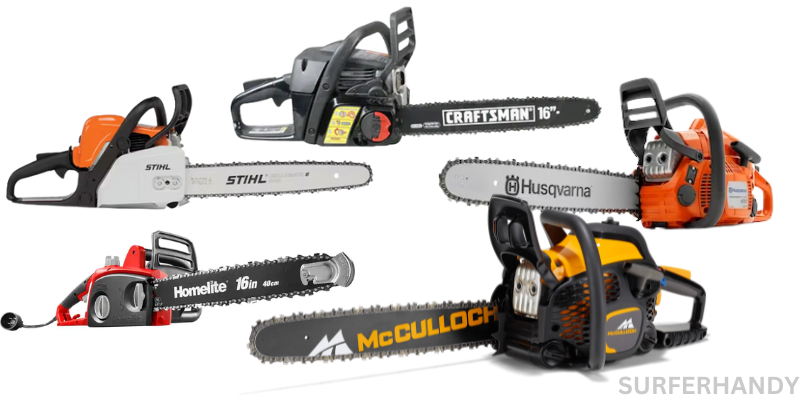Stihl ignition coil problems can disturb the saw as the coil is one of the main elements which enables the smooth starting and working of the saw. Though, before reaching any conclusion, it is immensely important to know where the actual problem is. Does the problem lie with the spark plug or with the ignition coil?
Surferhandy will facilitate you with the knowledge that is necessary to have before stepping into the matter to check the issue. It could be either a spark plug or coil and both needs to be checked properly.
Preferably check the spark plug by locating it and then removing it for further procedure. Two tests should be performed to check whether the coil is working smoothly, along with the circuit issues that can happen to the coil.
Stihl Ignition Coil Problems
Stihl ignition coil problems include checking the coil in detail first to know whether the problem lies with the coil itself or the spark plug creating the problem.
Once the issue becomes clear with the help of the below procedures, then the coil should be tested in depth to know more details about the actual issues. The coil has two circuits, primary and secondary. If any circuits are not working properly, the coil can cause problems.
Signs Of Bad Chainsaw Coil
Chainsaw can have multiple issues, so before digging your hands into the checking of the saw and making them dirty with the oil, lubricants, and other particles, make sure what could be the problem that happened to the saw and then head towards resolving the issue.
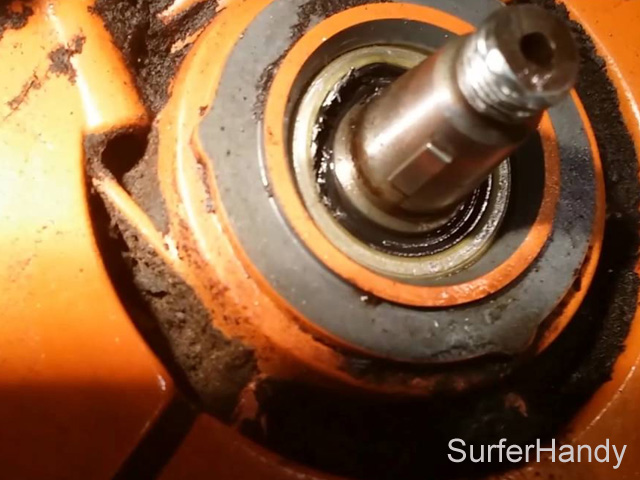
A bad chainsaw coil can have numerous symptoms; below are the common ones that your saw may indicate when the coil is not running correctly. Let’s have a look at these bad coil symptoms;
- Saw does not start on the first try, and it gave to make several attempts to create it.
- Gets hot frequently
- It does not work and stops when it gets hot.
- Making unusual sounds
- Reading on the multimeter also falls to zero or, at times, any number very close to zero.
Essential Tools For Checking The ChainSaws Coil
Chainsaw is a technical machine, so it requires some customized tools to check its coil. There is a list of tools necessary required for checking;
- The wrench of both types of spark plug and socket
- A screwdriver
- A multimeter
- A tiny brush
- Some fabric piece
- A very brand new spark plug
How To Check Chainsaw Ignition Coil For Problem
The ignition coil is one component that needs to be checked first whenever the chainsaw stops working. This is because the ignition coil is a basic facilitator of the electricity throughout the chainsaw that transfers electric current through the spark plug. When the spark plug receives electricity from the ignition, it enables the chainsaw to start and run effectively.
Any problem with the ignition coil can suspend the working of the chainsaw immediately. Let’s find out how to know that the ignition coil is not running properly; below are the steps that should be done to check the ignition coil. These steps also involve two types of tests that can be done to prevent if the problem lies with the ignition coil or not.
Step 1: Locating And Checking The Spark Plug
User manuals are of great use. They should always be kept safe for emergencies as they contain all the information necessary to know about the machine’s spare parts or any other important information. Though, users misplace their user manuals on the chainsaws. In such circumstances, it becomes difficult to locate the spark plug as not every chainsaw is the same; different models mostly have different designs, making the spark plug placement in various places in every model. Let’s find out how to locate a spark plug in the chainsaw without the availability of the user manual;
- First, turn off the ignition button for safety
- Take out the lock of the saw with soft hands just by twisting it
- Find out the air filter, as the spark plug is usually placed behind or above the air filter
- Now unveil the protective cover that is behind the air filter and find out the wire of the spark plug
- Spark plug lies behind the wire, now take out the wire, and here you go with the spark plug
Step 2: Remove The Spark Plug
It is not necessary to check the spark plug to check the problem of the ignition, but when there comes a result of ignition, and no problem is detected in it, then checking the spark plug becomes essential. So why not check it before the ignition so that if any problem lies here in the plug, then it will save time, and there will be no need to check the ignition further? So let’s discover how to remove the spark plug for checking;
- At first, the rubber boot should be removed from the spark plug with soft hands just by twisting and pulling off the plug
- To remove it, finally use the wrench, place it on the plug and start rotating it anti-clockwise to loosen the screw for detaching the plug from the saw.
Step 3: Start Testing The Ignition Oil
Now is the final time to check if the coil is working correctly; before heading, let’s make one thing clear: the spark plug should be used or kept very gently and safely as the tip of the plug is too dangerous. The information contains the contents of electrodes responsible for generating electricity, so this plug should be handled carefully. Below are two of the tests which could be performed to check the working of the coil;
Test # 1
- Properly clear out the dust or debris from the spark plug, and make sure its clean from any such dust particles which may prohibit its working
- Now place the rubber boot back of the spark plug
- There is a metal surface to the plug; press the tip of the plug against it
- Now very carefully turn on the ignition switch
- Preferable to slow down the lights of the room or place where you are carrying the test, as now start the cord with immense force and look for the spark
- Now you have to see if there is a spark on the pressed surface or not; if the spark forms, then it means the ignition coil does not have any issue, but if there is no spark, then the problem lies with either spark or coil
- Now again, perform the above steps with a new spark plug
- The new spark plug is not having the problem, so now, if there won’t be any spark on pressing the cord, then there must be a problem with the ignition coil, which needs to be resolved
Test # 2
At times the saw can be seen sparkling even with a damaged coil; this test will make it more clear whether, in such circumstances, the coil is fine or not;
- Now remove the coil from the engine with the help of a screwdriver
- Double cylinder saw can have a coil on any side, so to locate the coil check all the sides of the saw
- To stop the working of the coil, disconnect the main kill wire, which is directly attached to the ignition coil
- Now again, attach the recoil and perform all the steps of test one to know if the coil is working properly or not
- Again, if there is no spark, then the problem lies with the coil
- Though, if the spark becomes visible, then the problem does not lie with the spark plug or coil. Instead, the problem could be either with the wire or with the kill switch
Conclusion
Stihl ignition coil problems have been discussed in detail above. The saw may not start if the ignition coil has any issues. To know more about the subject, the spark plug needs to be removed and checked for any problem along with the coil.
Frequently Asked Questions
**How to detect where the actual problem lies, either in the spark plug or coil?**
This is tricky; at times, it seems that the coil is not working properly, but in actuality, it’s not the coil but the spark plug which loses the spark and gets damaged.
**How many tests are required to check the coil?**
Two tests are required to check the working of the coil, which involves the checking of the spark plug, and the components co-relate to each other, and a problem could lie in either of them.
**What could happen to the coil?**
The coil contains two circuits, primary or secondary; it may stop working if any of the two circuits faces issues and gets damaged.
